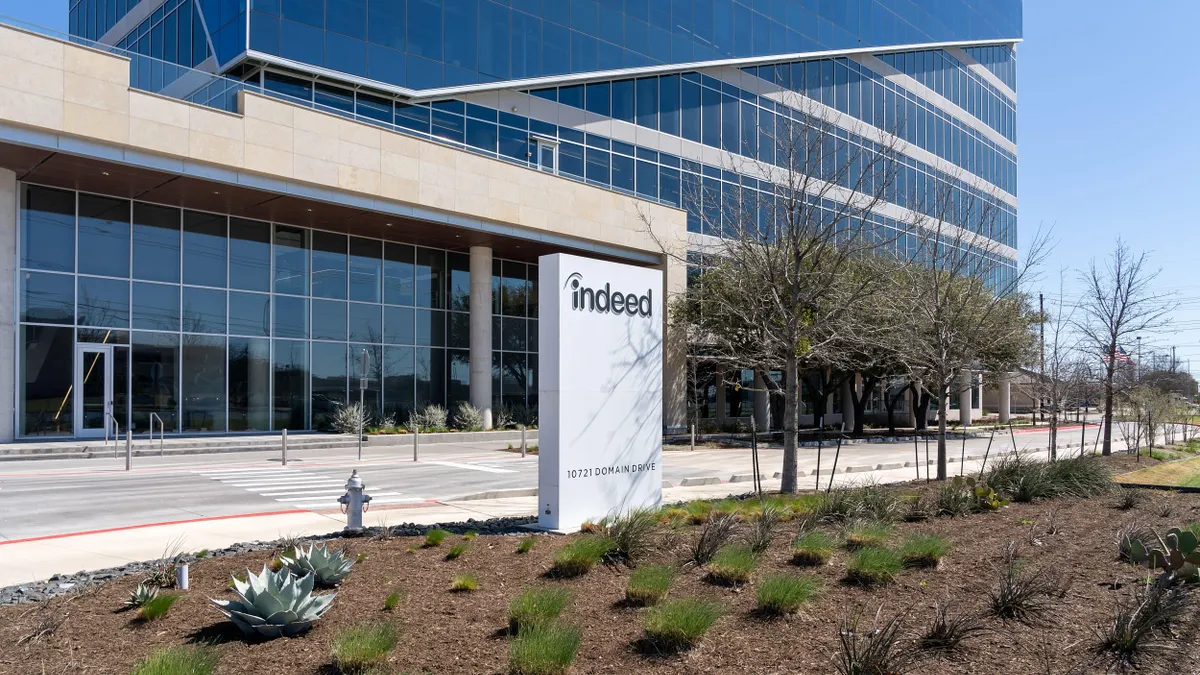Molly Tipps is a senior director, advisory in the Gartner HR practice. She works with HR leaders on strategic priorities, with expertise in critical skills, diversity, equity & inclusion and talent analytics. Views are the author's own.
One of the many revelations from the last 18 months is that in times of disruption, traditional talent measures often don't paint a complete picture of an organization's resilience. Most organizations use enterprise-wide averages in employee engagement, well-being, and performance to assess their workforce health. However, this approach has left leaders with blind spots in understanding how disruption has impacted their employees. The picture is more nuanced than most realize.
As organizations now grapple with if and how to return to the workplace, HR analytics leaders have a golden opportunity to shape leaders understanding of the employee landscape and design interventions that more effectively support employees in a continuously disrupted environment.
Specifically, progressive organizations and HR analytics leaders can do four things to look beyond the averages and get more value out of their talent data:
Look for thriving and diving
During the pandemic many executives looking at average data saw things like engagement or productivity remaining steady, or even improving, and became either confident that the current state was working or skeptical of a seemingly too rosy picture.
Yet, despite talent data looking, on average, unchanged, when the data is teased apart, a different story emerges.
Gartner analysis shows the pandemic created both "thriving and diving" for employees. Specifically, the 2021 Gartner Workforce Resilience Employee Survey of over 20,000 employees revealed 34% of employees experienced a decline in psychological safety during the pandemic, while simultaneously 36% also reported significant improvement.
Ultimately, this makes clear that even when the data looks stable, disruption can result in both wins and losses for employees in an organization.
HR analytics leaders must deepen their understanding of how disruption impacts different employees — rather than focusing on averages — to develop effective and affordable interventions. For example, with the onset of the pandemic many organizations provided blanket support for employees with children, without investigating distinctions between the variable needs of different-aged children — parents of preschoolers experienced significantly different stressors than parents of college kids. With an "averages" approach, any intervention an organization takes will underserve the stressors employees' actually need.
Measure change, not just a point in time
While point-in-time data will tell you where employees are now, it will not tell you whether they have declined or improved against a metric because of a disruption.
To assess workforce health during disruption, one of the most powerful approaches HR analytics leaders are employing is longitudinal surveys: connecting predisruption data to postdisruption data and measuring the change to better understand the negative and positive impacts.
Of course, it's hard to know and design a survey before a disruption. The solution is to use existing, predisruption data as the springboard for designing postdisruption surveys to retroactively align before-and-after data at the individual or team level. For instance, looking at manager-specific feedback from before the disruption and aligning it to post-disruption feedback builds a better picture of how the manager fared, regardless of the overall score. Specifically, it allows HR to better identify whether a manager declined or improved as a result of new circumstances. Manager training and support can then be focused on the common features of managers who declined or excelled during the disruption.
This allows for a much more insightful picture of a disruption's impact and prioritizes interventions.
Get curious about team resilience
Traditionally, workforce resilience has been associated with building individual resilience or grit; however, individual solutions that depend on a single person are expensive and not as effective.
Team-level resilience, by contrast, offers a much stronger path forward.
HR analytics can help by identifying significant team-level differentiators of resilience. Are the teams with clear delineation of roles and responsibilities more resilient? Or are the teams with an "all-hands-on-deck" mentality more resilient? After all, discovering and engineering cohesion around team-level resilience attributes has a huge impact: Gartner research reveals that in times of disruption, highly cohesive teams have a 37% higher likelihood of sustaining workforce health.
Insights about resilient teams can help direct scalable investments that focus less on independent resilience and more on teams learning to collectively cope with the organizational stressors that arise from disruption.
Data's best answer isn't always the best answer
Time and again in our research, we find the impact of policies and decisions leaders make in times of disruption has as much to do with employee perception as with their direct impact on employees' day-to-day work.
For example, workforce health increases when an organization offers thoughtful and clearly defined benefits, even among employees who haven't used those benefits. The employee's perception of having the option to use a benefit is sometimes as powerful as availing oneself of it.
As talent analytics leaders collect and analyze data and relay insights to HR leaders, it's important to recognize the data may imply one decision is right — but the message that decision sends may be, in practice, all wrong. Therefore, in times of disruption, data-driven talent decisions should be tempered with consideration of the decision's full implications, including employee perception.
As organizations make decisions about the future of work, more nuanced talent data will be required to ensure that the best decisions are being made both for employers and employees. The traditional approach to measuring workforce health is too blunt an instrument to rely on for these types of decisions. Averages become, in fact, the enemy of good decision-making. Therefore, "looking beyond averages" becomes the new mandate for the high value, truly strategic talent analytics leader.




















